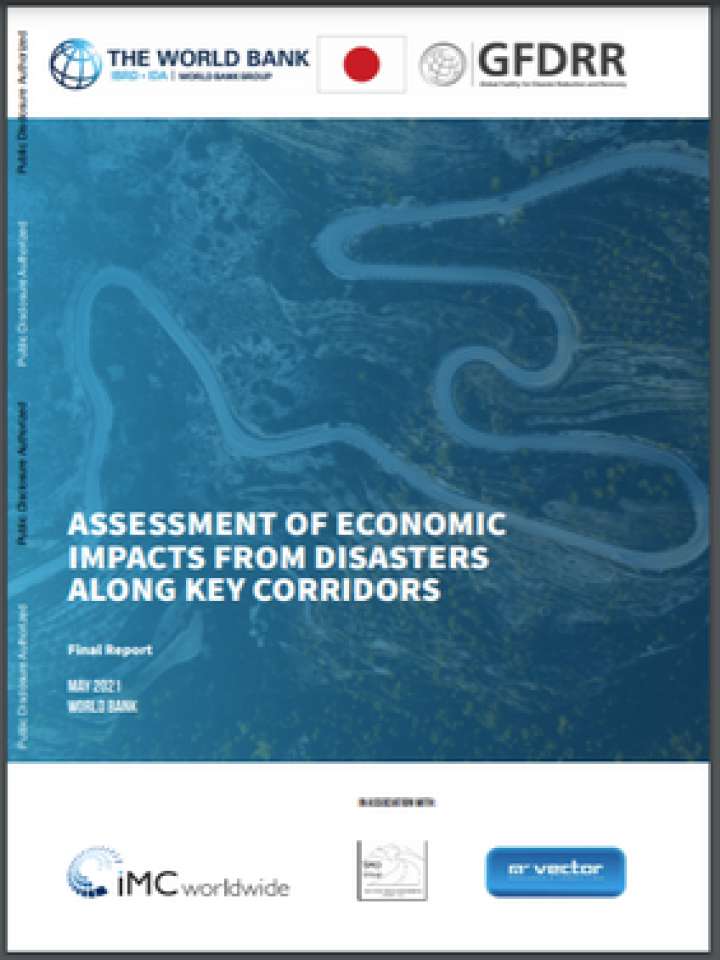Assessment of economic impacts from disasters along key corridors
This Final Report forms the third deliverable for the World Bank funded study to assess the economic costs incurred by Tajikistan, due to the impact of disasters affecting the road network. This report details the overall findings of the study, building upon previous reports. This Report details the work done to identify the potential costs of mitigating disasters across the road network, the socio-economic costs incurred by Tajikistan as a result of disasters that affect the road network, and the economic viability of investing to increase resilience across the network. Given its geographic characteristics, Tajikistan’s sub-national and international connectivity is severely constrained by exposure to various natural hazards. Roads are regularly cut off by hazards, significantly impacting local communities and affecting the economic activities of the country.
This study assesses the quantifiable economic costs of disasters that affect the road network. Natural disasters are a constant threat in Tajikistan, particularly during winter and spring. These disasters cause both short term and long lasting damage, to infrastructure, economic activity and social wellbeing. To provide a justification for increased investment in the road network, specifically to increase the level of resilience, it is important to have a clear understanding of these costs.
Explore further
